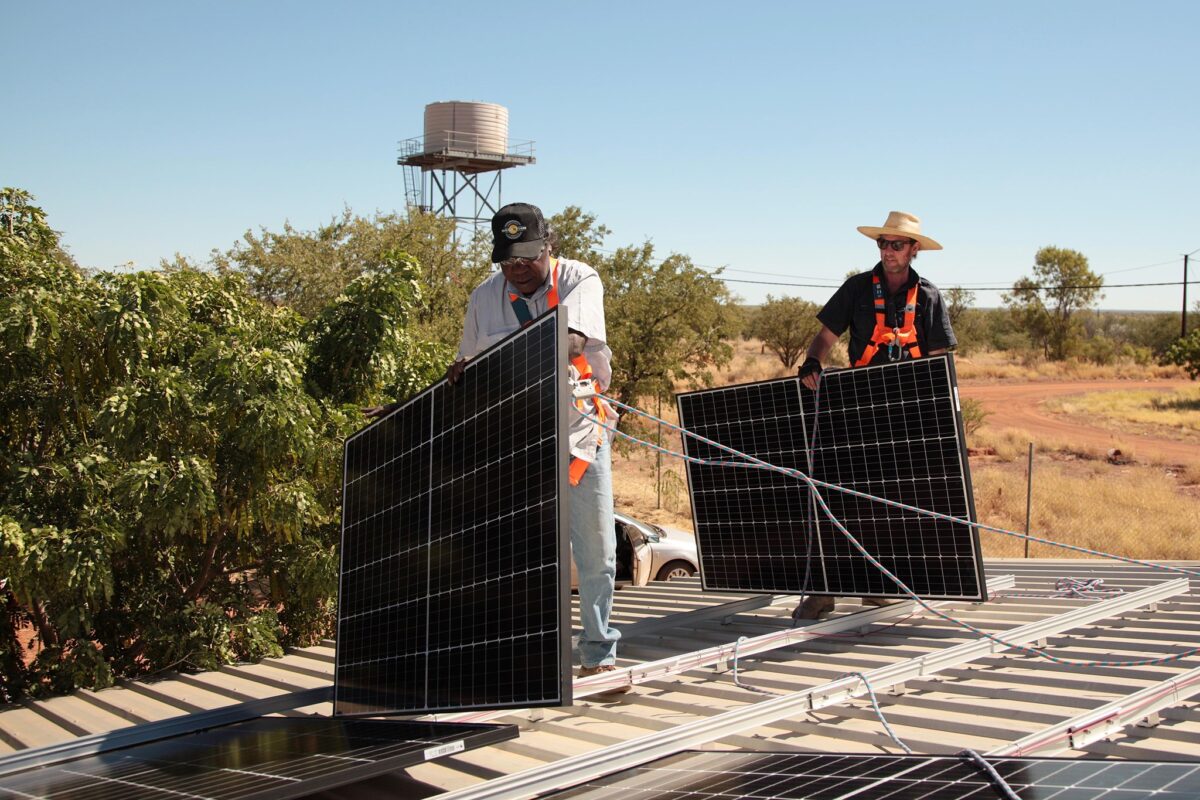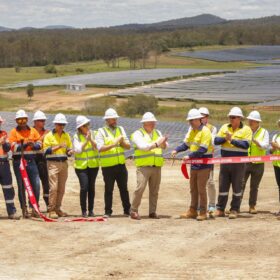Eventually, those batteries will need to be reused or recycled. What happens then? The rules we create today will shape whether that’s affordable or easily available for householders.
My research – prepared for the federal Treasury at the request of the Australian and New Zealand governments – shows how both countries can reduce regulatory barriers to the net-zero transition.
For example, my consultation with industry revealed that moving a home or car battery from Melbourne to Perth can require multiple permits. This makes transporting batteries across different Australian states needlessly costly.
Unless this is addressed, battery recycling and repurposing markets will be smaller in some places than necessary. This drives up prices and reduces consumer choice.
So how do Australia and New Zealand compare on our current approaches to regulatory standards? And what three reforms do we need to deliver practical changes across the two countries, such as rolling out electric vehicle (EV) chargers that work with all electric cars, at the lowest price possible?
How standards affect our lives
When we picture barriers to a cleaner economy, we often think of coal plants or polluting petrol cars. Yet a serious obstacle is less visible: regulatory standards.
These technical rules were first introduced in Australia a century ago, for bolts on the Sydney Harbour Bridge. Today Australia has about 10,000 voluntary standards, covering everything from workplace and car safety to EV chargers and batteries. These can become mandatory when adopted by regulators or governments.
Operating out of sight, standards are like the economy’s plumbing.
Built well, they help the economy run smoothly. Standards give businesses, investors, and consumers confidence that products are safe, compatible and reliable. They enable trade, cut transaction costs, and help scale up new technologies.
But when standards are set up poorly, we get blockages: slower investment, stifled competition and higher costs.
It’s crucial we get this right now. Over the next decade alone, it’s estimated Australia will need up to 4,000 more new standards to help manage the net-zero transition, along with cyber-security and more.
The price of getting it right or wrong
Take the example of EV charging infrastructure. If we want more people to buy EVs, drivers need to know that chargers are safe, “interoperable” (able to seamlessly work for different cars) and widely available.
But if each Australian state sets slightly different regulatory standards, manufacturers and operators face higher costs. Electric car owners then risk ending up with incompatible systems or paying higher prices.
For new technologies, aligning with international benchmarks would cut costs, improve safety, and accelerate the development of a circular battery economy.
The Australian Productivity Commission has estimated that simply broadening recognition of overseas standards in mandatory consumer safety product rules could save businesses $500 million a year.
In the energy sector, the commission found adopting international standards for vehicle-to-grid technology – to allow electric cars to feed power into the grid – could unlock a net present benefit of $2 billion by reducing the need for extra grid-scale battery storage.
How Australia and NZ compare
Right now, Australia faces three systemic problems.
- Duplication: regulators often replicate the work of international bodies, such as the International Electrotechnical Commission. For small economies, this adds cost without value and delays access to technology.
- Fragmentation: states, territories, and regulators adopt or interpret standards differently. Businesses must comply with multiple regimes, raising costs and discouraging investment.
- Outdated processes: standards are slow to update, leaving Australia out of step with global best practice. Consumers risk missing out on newer, safer, and cheaper products.
The impact is clear. Australia’s small economy is split into eight smaller slices. Consumers face fewer choices, higher prices, and slower adoption of innovation.
In contrast, I found New Zealand takes a more pragmatic approach. It defaults to trusted international or overseas standards unless there is a strong local reason to do otherwise.
Three fixes for Australia and NZ
The report recommended three reforms for both Australia and New Zealand.
- Clarity: clearly define when standards should be mandatory. They should be adopted only when essential for achieving public policy objectives, and designed to avoid unnecessary burdens on competition and innovation.
- Default to international standards: international and trusted overseas standards should be the starting point, with regulators required to justify any departure. This would reduce duplication, cut compliance costs, and make it easier for firms to participate in global supply chains.
- Coordination: regulators must collaborate across jurisdictions to close gaps, avoid overlaps, and consider the broader policy impacts of standards.
What to watch next
Since receiving my report, the Australian and NZ governments recently committed to work together on EV charging, electrical products (including batteries), building and construction standards and product safety standards.
If they do adopt a smarter approach – clarifying when standards are needed, defaulting to trusted international norms, and improving coordination across jurisdictions – Australia and New Zealand can better support and speed up the clean energy transformation.
![]() Author: Flavio Menezes, Professor of Economics, Director of the Australian Institute for Business and Economics, The University of Queensland, Chair of the Queensland Competition Authority, member of the Australian Competition Tribunal. This article draws on the report he prepared for Treasury at the request of the Australia-New Zealand 2+2 Climate and Finance Dialogue.
Author: Flavio Menezes, Professor of Economics, Director of the Australian Institute for Business and Economics, The University of Queensland, Chair of the Queensland Competition Authority, member of the Australian Competition Tribunal. This article draws on the report he prepared for Treasury at the request of the Australia-New Zealand 2+2 Climate and Finance Dialogue.
This article was initially published in The Conversation and is republished here under a Creative Commons Licence.
The views and opinions expressed in this article are the author’s own, and do not necessarily reflect those held by pv magazine.
This content is protected by copyright and may not be reused. If you want to cooperate with us and would like to reuse some of our content, please contact: editors@pv-magazine.com.








By submitting this form you agree to pv magazine using your data for the purposes of publishing your comment.
Your personal data will only be disclosed or otherwise transmitted to third parties for the purposes of spam filtering or if this is necessary for technical maintenance of the website. Any other transfer to third parties will not take place unless this is justified on the basis of applicable data protection regulations or if pv magazine is legally obliged to do so.
You may revoke this consent at any time with effect for the future, in which case your personal data will be deleted immediately. Otherwise, your data will be deleted if pv magazine has processed your request or the purpose of data storage is fulfilled.
Further information on data privacy can be found in our Data Protection Policy.